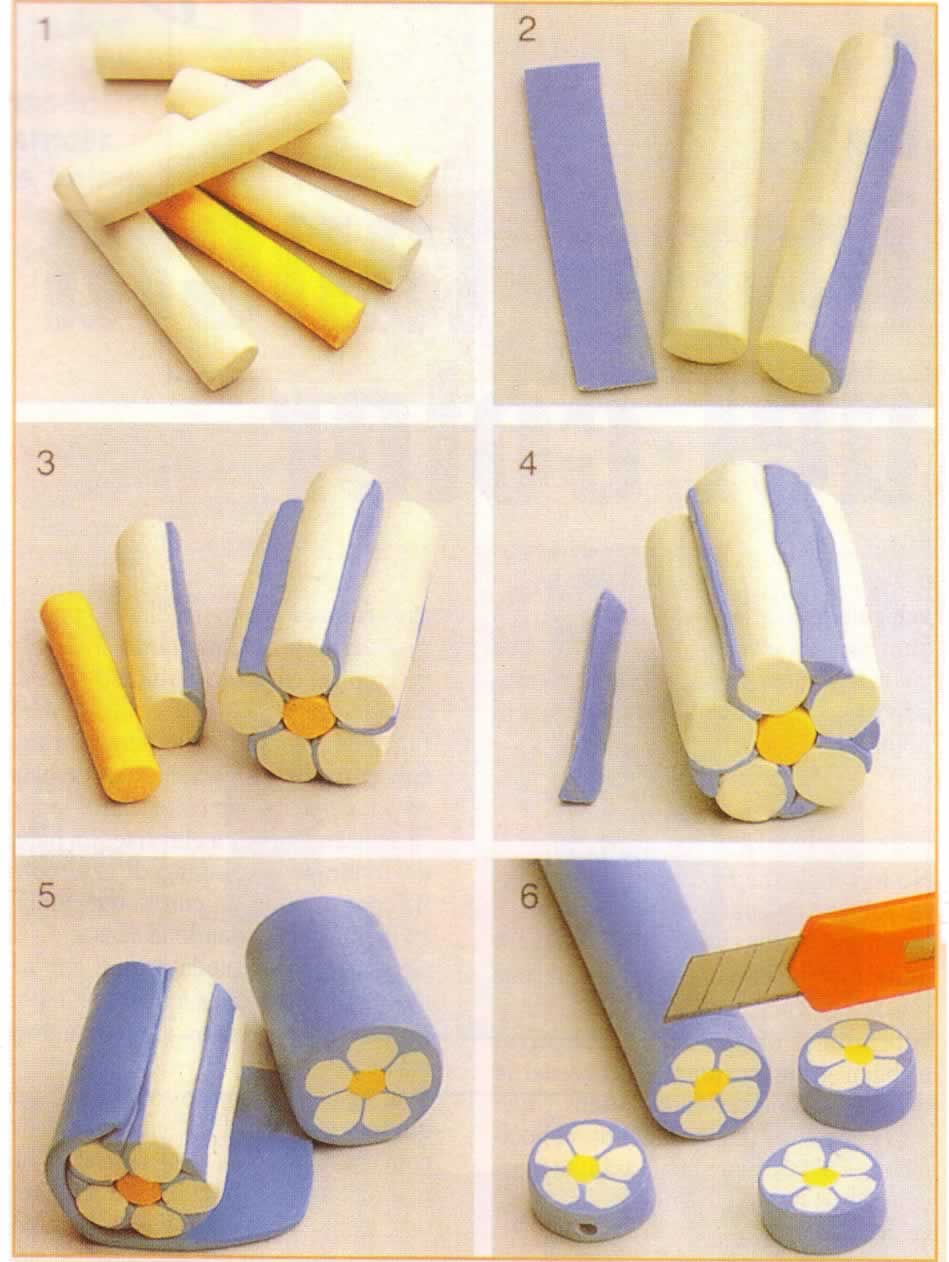INTRODUCTION
The term polymeric paste in many cases creates considerable confusion between people and users of creative material and some do not really know what they are talking about. Other people use these materials on a daily basis, but they are not aware of their term.
We will look through this article to make more clarity on the subject and deal in detail what are the processing techniques.
WHAT ARE?
Polymeric pastes are materials (and as the name implies are pastes) that derive from petroleum and can be easily modeled. They differ from other similar products like clay or the known Das as they do not tend to dry out if kept in the air, if not after a long time, however it is possible to soften the dough with the heat of the hands or in the case of Fimo with a special paste called Fimo Mix Quick. High temperature cooking is the only way to harden the dough and make a work, creation or sculpture final.
These pastes are highly appreciated by users in the creative field, as they are available in many shades of colors and effects and are very easy to use.
The oldest polymer clay is Fimo, created in Germany in 1939 by Kaethe Kruse, a pioneer of German doll production. His original works are now real collector's pieces, very precious because of their realism and durability. While Kruse was looking for new materials to be used to shape the doll's head, she invented Fimo pasta, a very malleable and ductile material that was not suitable for industrial purposes and was immediately discarded. At the same time, his daughter Shopie (nicknamed Fifi) enjoyed playing with scraps, coloring them and working on them creating decorative objects.
In 1954, the creator of dolls Kaethe Kruse decided to introduce the innovative modeling paste on the market under the name "Fimoik". The name of the product derives from the combination of the nickname of the daughter (who had a lot of fun using it) and the word "mosaik". As the woman is already well known in the toy industry, the new product received a huge success in a very short time, ten years later sold the brand to the more famous company that Faber began to market it under the name of FIMO.
WHAT TYPES EXIST?
Oggi in commercio esistono tantissime tipologie di paste (argille) polimeriche, ma le più note ed utilizzate sono:
FIMO: the cooking must take place at a temperature of 110 ° C (and not higher than 130 ° C) for a time that varies according to the size of the object that has been created. Cooking too short or too long, changes the technical characteristics of the pasta making it crumbly and not very resistant. On the other hand, cooking at too high a temperature releases toxic substances which are dangerous for health. For this reason it is important not to exceed the temperature indicated above and to have a small oven and accessories to be used for this sole purpose. For sale you can find multiple varieties of colors and effects and also many tools that allow you to work better this pasta.
CERNIT: product very similar to the previous one, but with a lower malleability and therefore suitable for more expert sculptors. It is available in more natural colors and has a better "porcelain effect". The cooking of the product takes place at higher temperatures than fimo, but always in a range that varies between 110-130 ° C. To make the product hard enough it is possible to boil it in water for about 20-25 minutes. As for the fimo it is very important that any equipment used to work it (oven, pots, etc.) are then used always and only for this purpose.
KATO: this product is also defined with the term of polymer clay. It takes its name from Donna Kato who participated in its realization. It is a very malleable and stable product in terms of color, which requires reduced cooking times (about 10 minutes). Once carved it does not deform easily.
PASTA SCULPEY: compared to other products on the market, this pasta has a softer consistency that is also suitable for work done by sculptors without great experience. This product must be cooked at 130 ° C for about 15 minutes.
WHAT ARE THE WORKING TECHNIQUES?
Fimo and other polymer clay can be processed through multiple techniques.
- Sculpting: the fimo can be sculpted in a similar way to other modeling materials such as clay or ceramics. Before hardening, artists can add threads or other materials to create additional details. Aluminum foils can be added to support and reinforce large areas of creation.
- Clubbing, Cannatura or Millefiori: the cannatura, also known as millefiori, originates from a technique in which a two-dimensional drawing is built in three dimensions, with the various colored elements of the design that extend in all shapes from the front to the back surface. Once the initial shape has been completed, the "barrel" can be cut (with the blade held parallel to the front surface) to obtain a series of identical copies of the design. With polymeric pastes, the most used shapes are round or square, as they are easier to work with, but even more complex shapes can be made.

- Mixing colors: polymeric pastes are sold in different colors. When the pastes are still soft (ie before cooking) it is possible to mix the different colored pastes to create new effects.
- Beads: polymer clay can be formed into beads and drilled, before firing or later, to make necklaces, bracelets or earrings.
- Mixed means: other materials such as glitter can be mixed with polymer clay to create interesting and captivating effects. This technique is very suitable when Fimo Traslucido is used.


